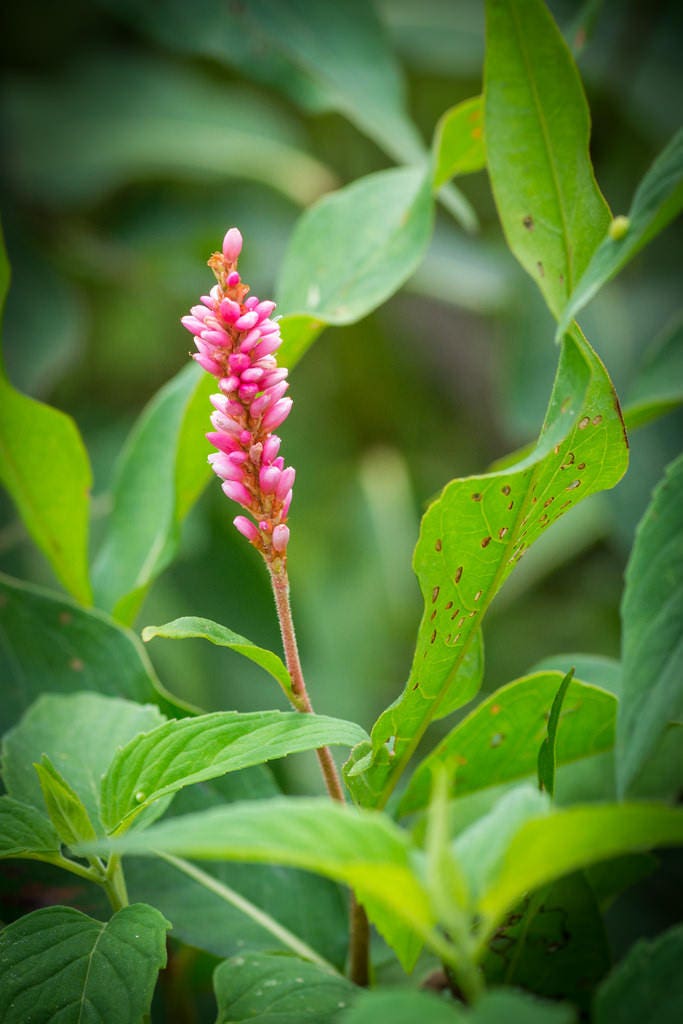
100 PINKWEED Smartweed Pink Knotweed Polygonum Wetland Flower Etsy 日本
Japanese knotweed ( Fallopia japonica syn. Polygonum cuspidatum ), an herbaceous perennial member of the buckwheat family, was introduced from East Asia in the late 1800s as an ornamental and to stabilize streambanks. Knotweed is a highly successful invader of wetlands, stream corridors, forest edges, and drainage ditches across the country.

Pinkhead knotweed/ Himetsurusoba Flower and Garden in Japan and more…
Although dwarf Japanese knotweed, a similar species to Japanese knotweed, occasionally has pink flowers, Japanese knotweed flowers are typically white. There are a few additional plants with pink flowers that are frequently mistaken for Japanese knotweed which are listed below.
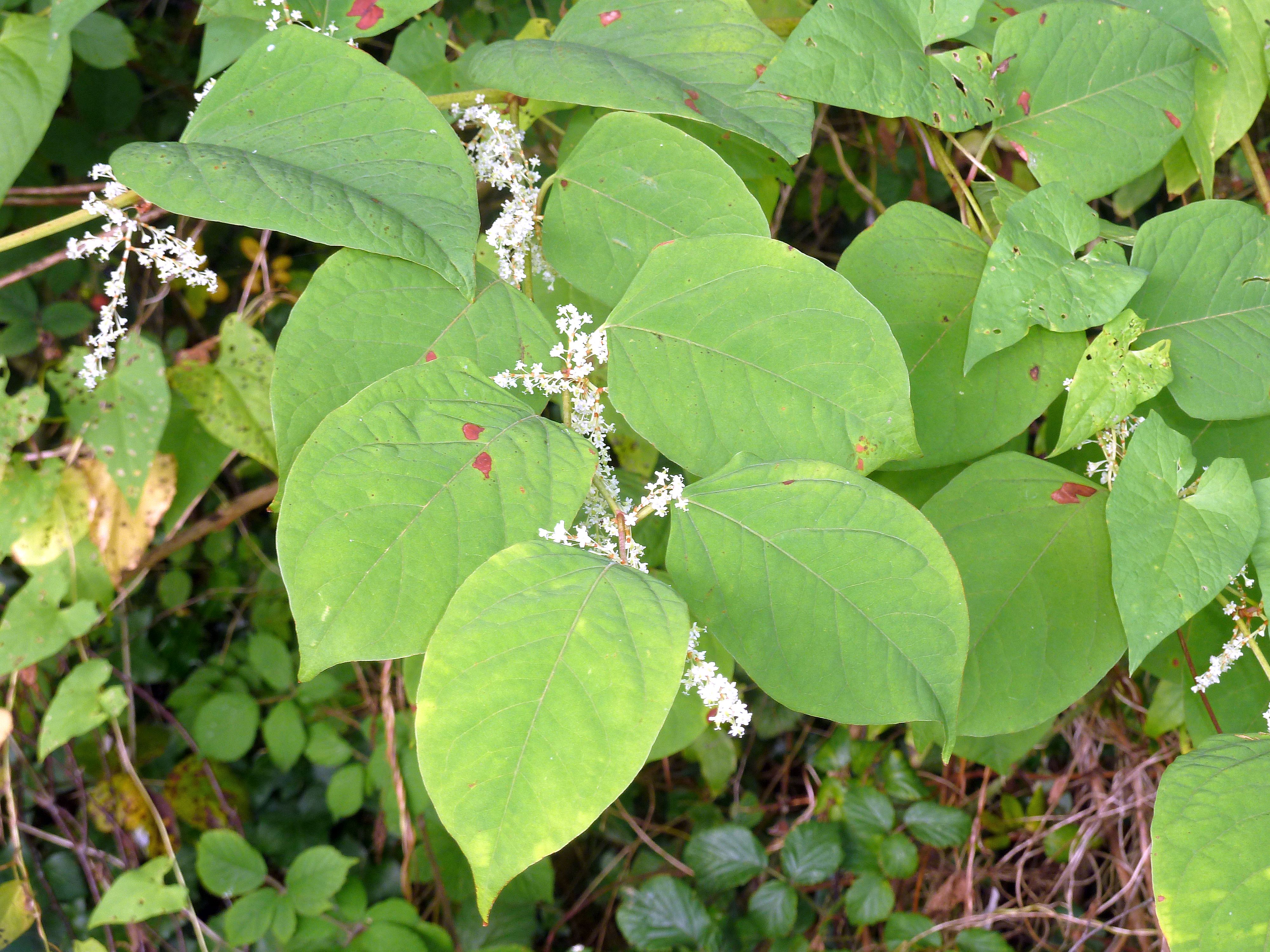
How To Identify Japanese Knotweed InDepth Knotweed Identification with Pictures Phlorum
If you come across such a plant, the good news is that your eyes are not deceiving you. What you may think concerning, is that pink knotweed flowers do occur. You could be looking at a 'cousin' of Reynoutria japonica, known as Pink knotweed, or another more closely related variety, known as Dwarf knotweed.

PlantFiles Pictures Reynoutria, Asian Knotweed, Japanese Knotweed 'Crimson Beauty' (Reynoutria
Japanese Knotweed, also known by synonyms Fallopia japonicaPolygonum cuspidatum, is native to eastern Asia. It was introduced to the UK in 1825 by gardeners as an ornamental, brought to North America in the late 1800s, quickly escaped cultivation, and is now considered one of the top invasive species world-wide.
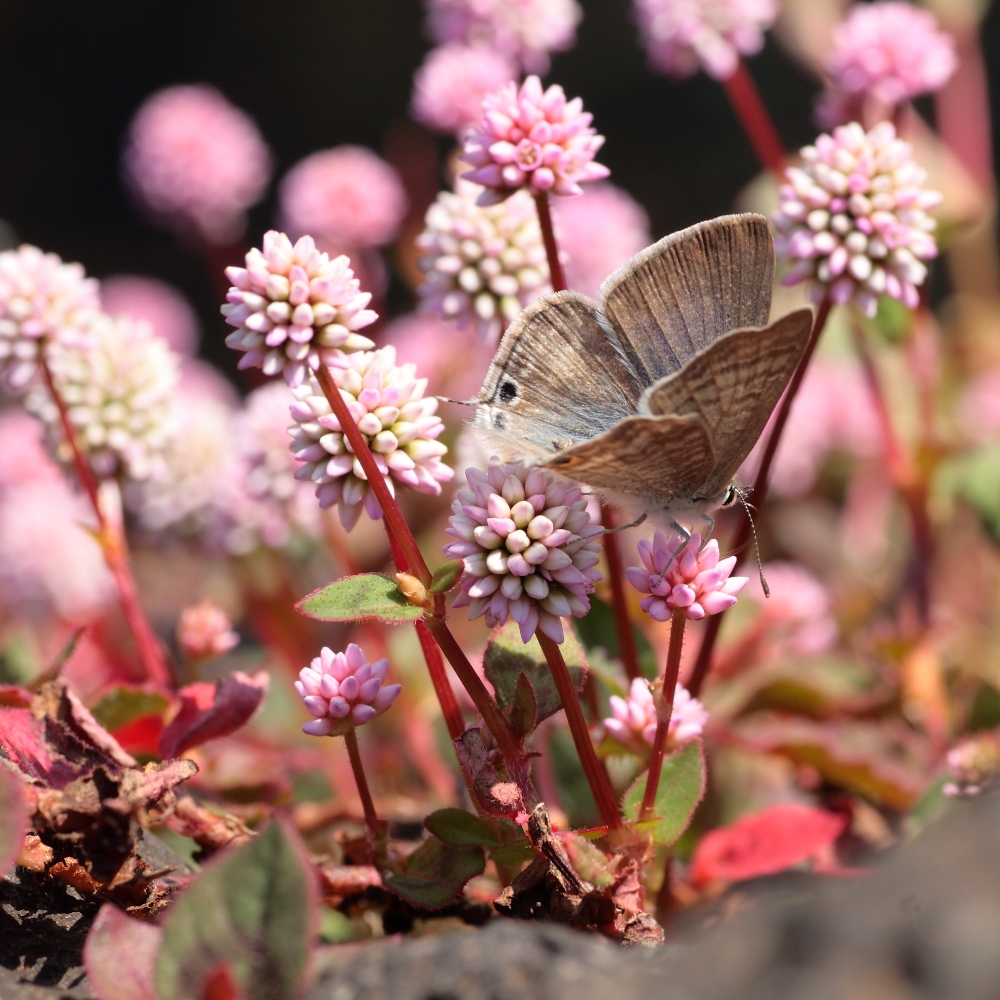
Pink Knotweed, Japanese Knotweed seeds Polygonum capitatum 100 seeds Garden Seeds Market
Houttuynia What does Japanese Knotweed look like? Japanese knotweed can be identified through its heart shaped leaves that appear in early spring. In summer, small white flowers may appear, and as we head into winter, the leaves will fall and brown stems will be left behind.
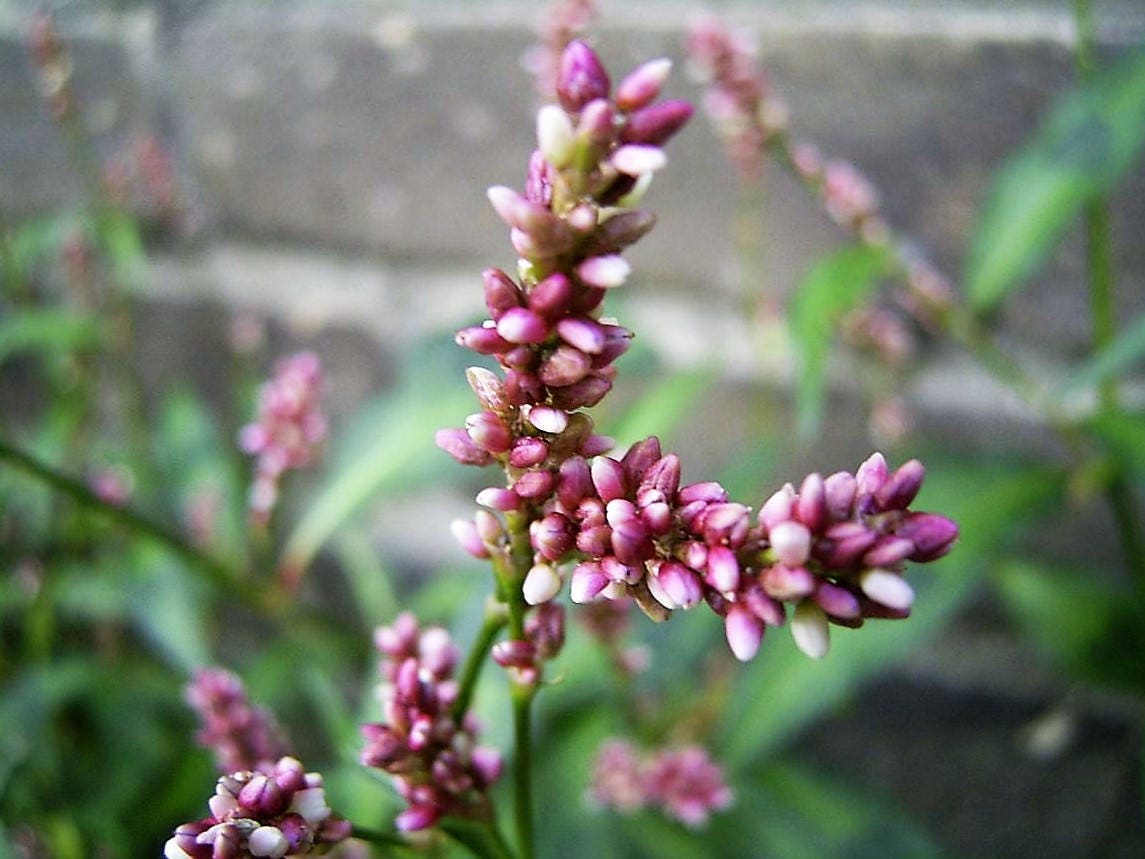
100 PINKWEED Smartweed Pink Knotweed Polygonum Wetland Flower Etsy 日本
Flowers. Pom-pom flowers that are about 2 inches long start from spring and die out in winter; Depending on the strain, may bloom once, or may bloom every year. Japanese knotweed, Pink knotweed reproduces vegetatively through its roots and rhizomes and will spread by extending its roots and then forming new shoots - one of the reasons it.
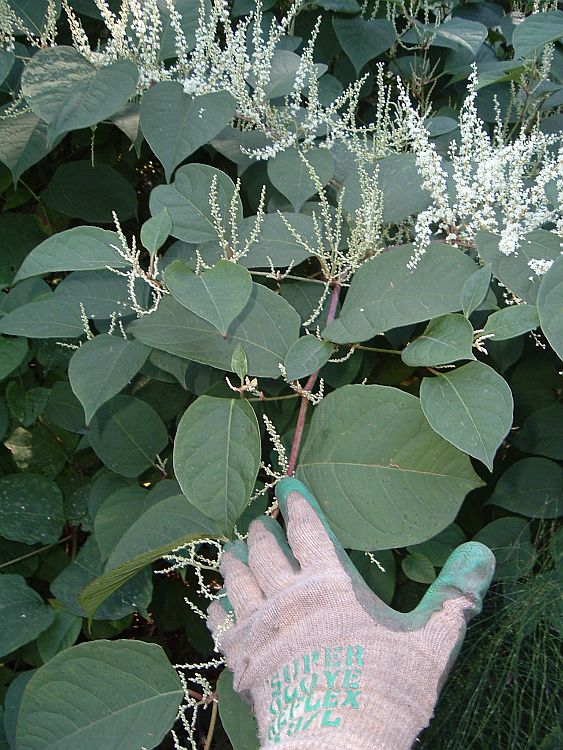
How To Identify Japanese Knotweed InDepth Knotweed Identification with Pictures Phlorum
Persicaria capitata is a cousin to Japanese knotweed. It is an ornamental belonging to the Polygonaceae family. In North America, Pink knotweed is also known as Pennsylvania smartweed, a member of the Buckwheat family. The plants grows vertically and horizontally and grows anywhere from 1 to 5 feet.

Pink Knotweed, Japanese Knotweed seeds Polygonum capitatum 100 seeds Garden Seeds Market
Jan 202105 Can Japanese Knotweed Have Pink Flowers? joel japanese knotweed SHORT ANSWER: Japanese knotweed flowers are usually white, but dwarf Japanese knotweed - a related species - sometimes grows pink flowers. Additionally, there are several other pink-flowered plants that are commonly mistaken for Japanese knotweed.
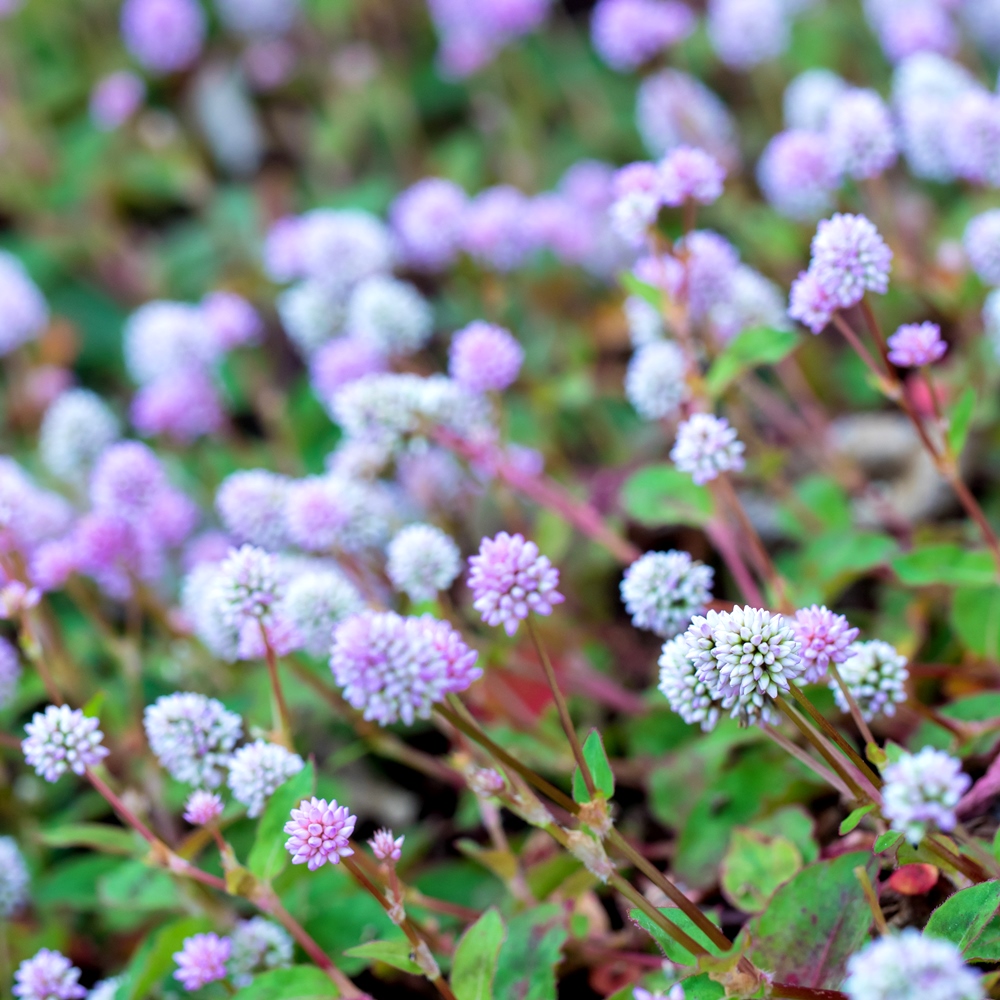
Pink Knotweed, Japanese Knotweed seeds Polygonum capitatum 100 seeds Garden Seeds Market
Although orginally introduced to Britain as an ornamental garden plant, Japanese knotweed is an invasive non-native species and this page looks at how it can be controlled. Appearance In spring, reddish-purple fleshy shoots emerge from crimson-pink buds at ground level.

Japanese Knotweed Flowers Pink
Japanese Knotweed is known as Polygonum cuspidatum in North America, in Europe it is known as Fallopia japonica. It is a very tolerant plant and survives in a wide range of soil types. Its rhizomes can survive temperatures of −35 °C (−31 °F). Distinguishing Features

"Pink Knotweed Persicaria capitata" by Digitalbcon Redbubble
The lance-shaped leaves of the pinkhead knotweed plants are between 2 and 11 inches (5-28 cm.) long, edged with dark red, and marked with burgundy chevrons. The leaves grow on prostrate red stems that root at the nodes. In mild regions, the leaves are evergreen, staying on the plant all year long.

Can pink Japanese knotweed flowers occur? PBA Solutions
Japanese knotweed (Fallopia japonica) is an invasive, herbaceous, perennial found growing along streams and rivers, forest edges, roadsides, and drainage ditches. This video will examine the identification characteristics of both Japanese and giant knotwe. In late summer, knotweed will have white or pale-green flower clusters sprouting from.
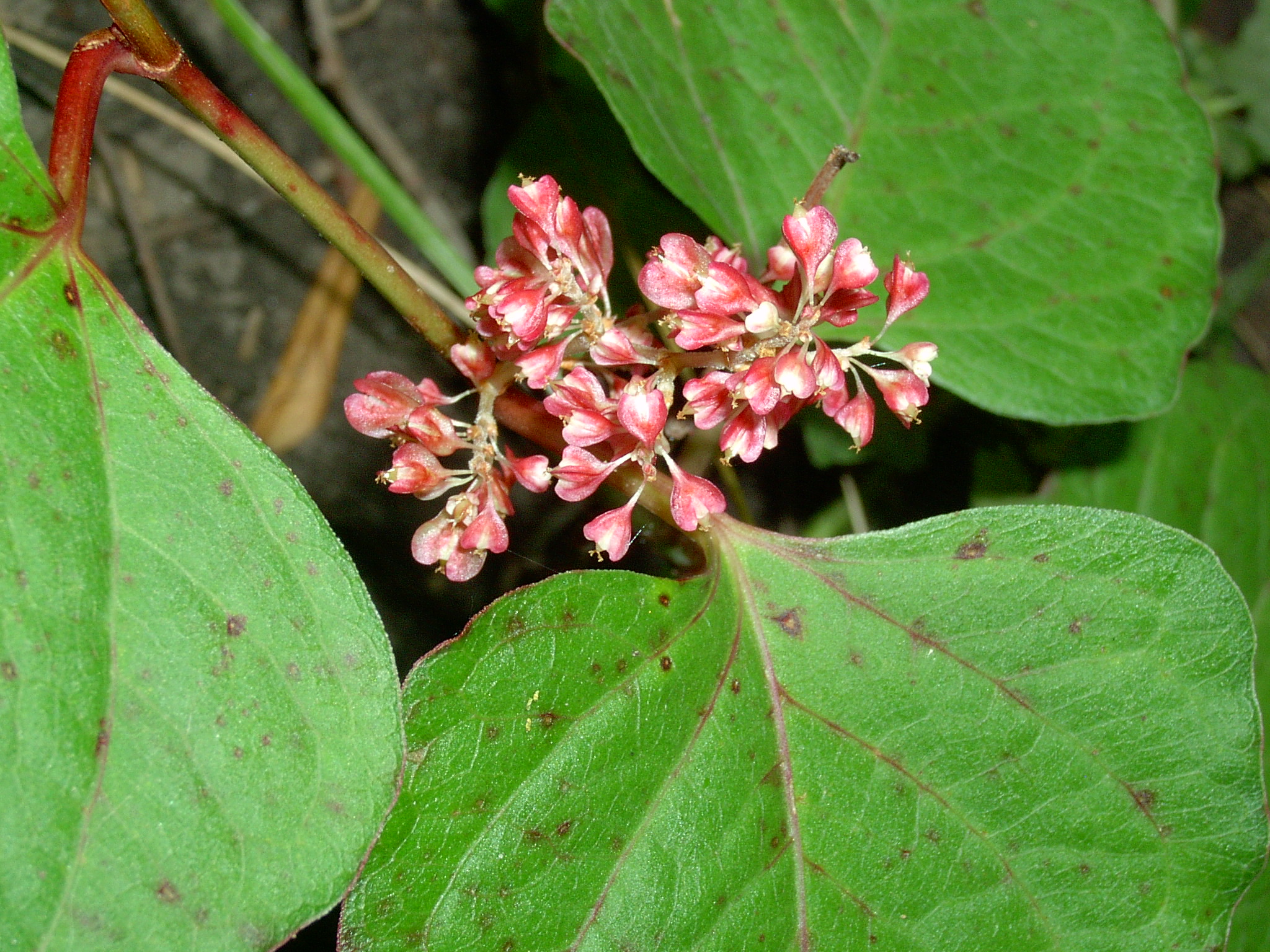
Japanese knotweed Fallopia japonica Plant & Pest Diagnostics
Fallopia japonica var. compacta, commonly called Japanese knotweed is clumping perennial which spreads by rhizomes and is often grown as a ground cover. It typically grows only 1-2' tall. Features loose clusters of pale pink flowers in summer which mature to red and are followed by red seeds. Heart-shaped (to 2" long), red-veined, green leaves.
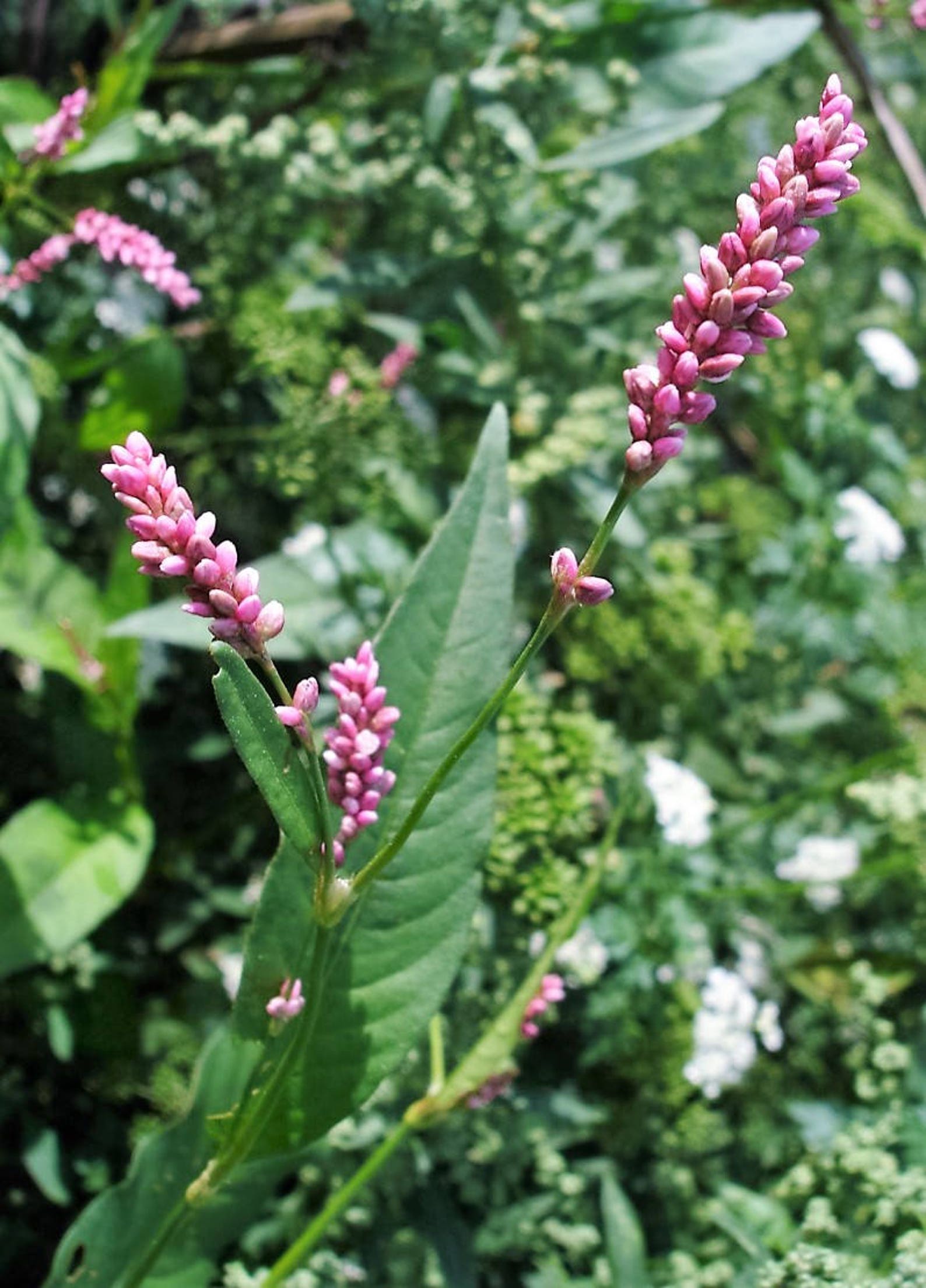
100 PINKWEED Smartweed Pink Knotweed Polygonum Wetland Flower Etsy 日本
Some species, such as dwarf Japanese knotweed, can have pink flowers, but these are less invasive, and their incidence in the UK is lower. The Japanese knotweed we find in our gardens and on commercial properties has small clusters of creamy white flowers. These flowers generally appear towards the end of summer and into autumn, just before the.

Japanese Knotweed, close upKL The Macon County News
It blooms best in full sun, too much shade will produce tall stems with few flowers. Deadheading will increase and prolong the bloom period, as well as minimize self seeding. This is an excellent choice for roadside plantings, cottage gardens, and for naturalizing. Coreopsis is a great, long lasting cut flower. It is tolerant of heat, humidity.

PlantFiles Pictures Reynoutria, Asian Knotweed, Japanese Knotweed 'Crimson Beauty' (Reynoutria
Reynoutria japonica, synonyms Fallopia japonica and Polygonum cuspidatum, is a species of herbaceous perennial plant in the knotweed and buckwheat family Polygonaceae. [1] [2] Common names include Japanese knotweed [2] and Asian knotweed. [3] It is native to East Asia in Japan, China and Korea.